Japanese company ispace's Hakuto-R lander failed in its attempt to land on the Moon in April due to a malfunction in its altitude sensor.
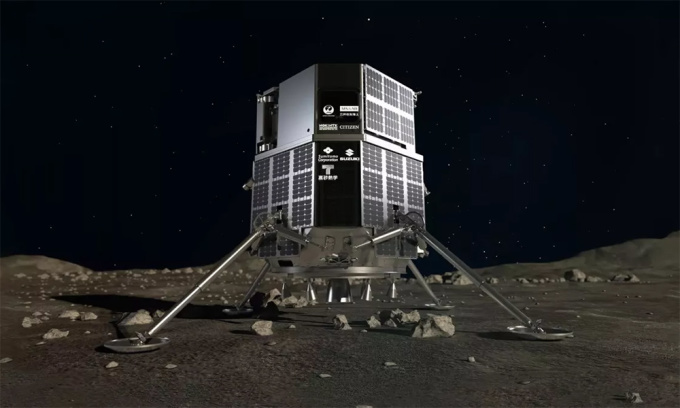
Illustration of the Hakuto-R lander on the Moon. Photo: ispace
The altitude sensor of the Hakuro-R lander was confused by a crater rim on the Moon, ispace said. This unexpected terrain feature caused the onboard computer to think that its altitude measurement was incorrect and instead followed an estimate based on the projected altitude. As a result, the computer believed that Hakuro-R was lower than it actually was, leading to the crash on April 25.
"The lander estimated its altitude to be zero, meaning it was above the lunar surface, but it was actually at an altitude of about 5 km above the lunar surface. At the scheduled landing time, the lander continued to descend at a slow rate until its thrusters ran out of fuel. At that point, the lander's controlled descent ended and it fell freely to the lunar surface," ispace explained on May 26.
The company also said that an inadequate assessment of the terrain around the landing site contributed to the failure, in part because the landing site changed months before the launch.
Hakuro-R is scheduled to launch into space in December 2022 on a SpaceX Falcon 9 rocket. The lander is scheduled to land on April 26 at the bottom of the 87-kilometer-wide Atlas crater in the Mare Frigoris (Cold Sea) plain on the near side of the Moon.
If successful, Hakuto-R would be the first private lander to land on the Moon. To date, only NASA, China and Russia have successfully landed spacecraft there. However, the mission failed and earlier this week, NASA's Lunar Reconnaissance Orbiter discovered debris from Hakuto-R near the intended landing site.
ispace also emphasized that the mission successfully completed eight of its nine milestones and only failed in the final stages of the landing process. The company representative said that this incident will not affect the plan to launch ispace's second and third missions in 2024 and 2025.
Since the problem was software-based, future missions will not require a hardware redesign. “We have now identified the landing issue and have a clear picture of how we can improve our future missions,” said Takeshi Hakamada, founder and CEO of ispace.
Thu Thao (According to Space )
Source link


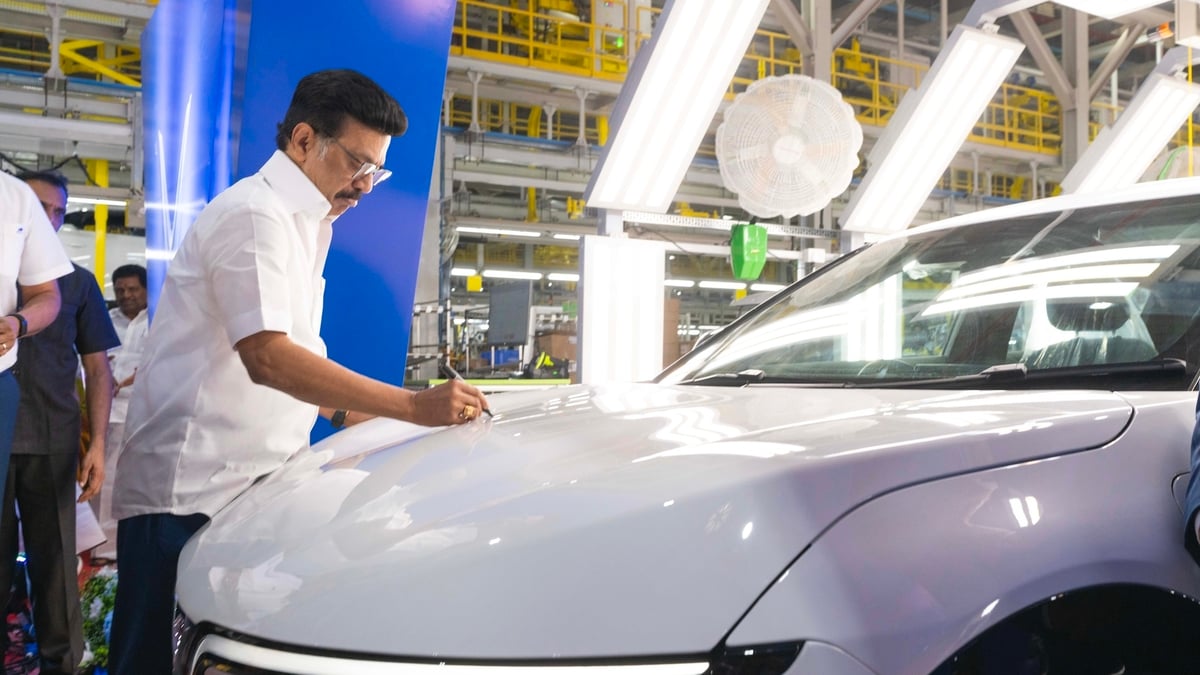
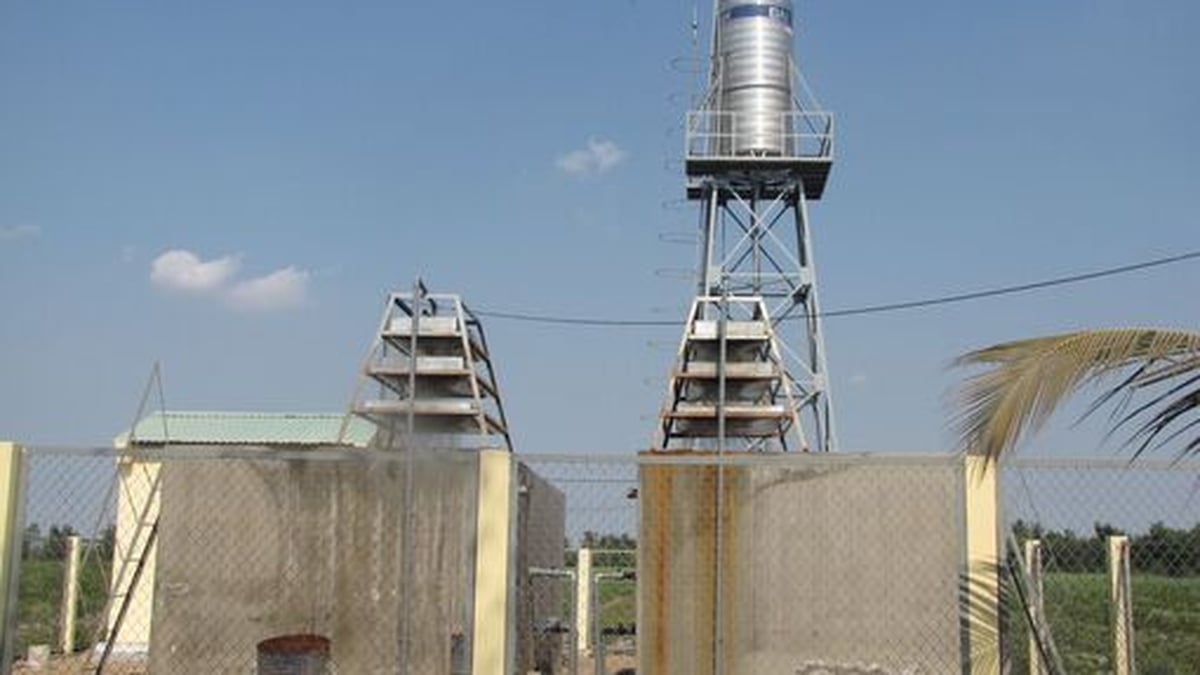

























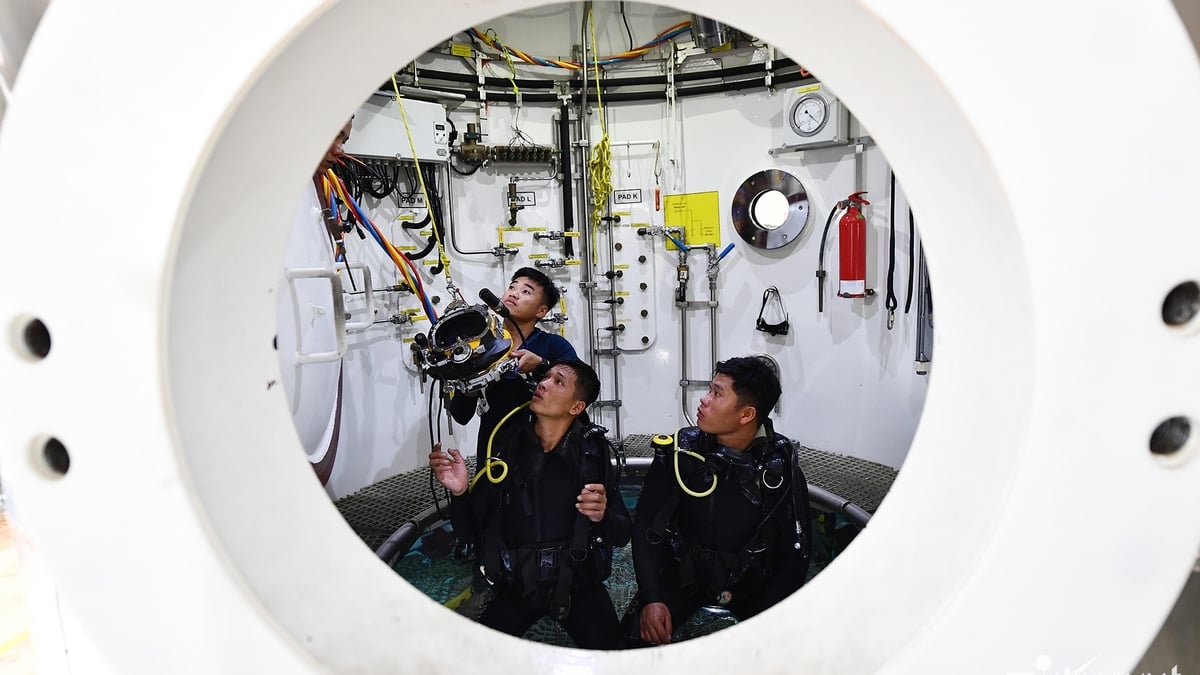

























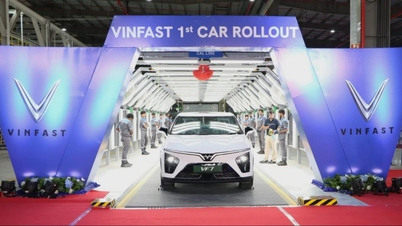


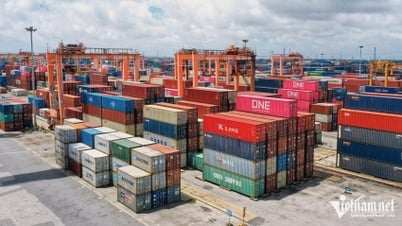
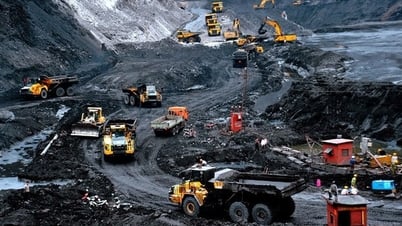
















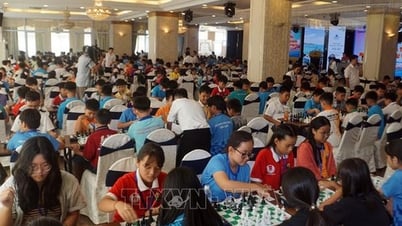
























Comment (0)